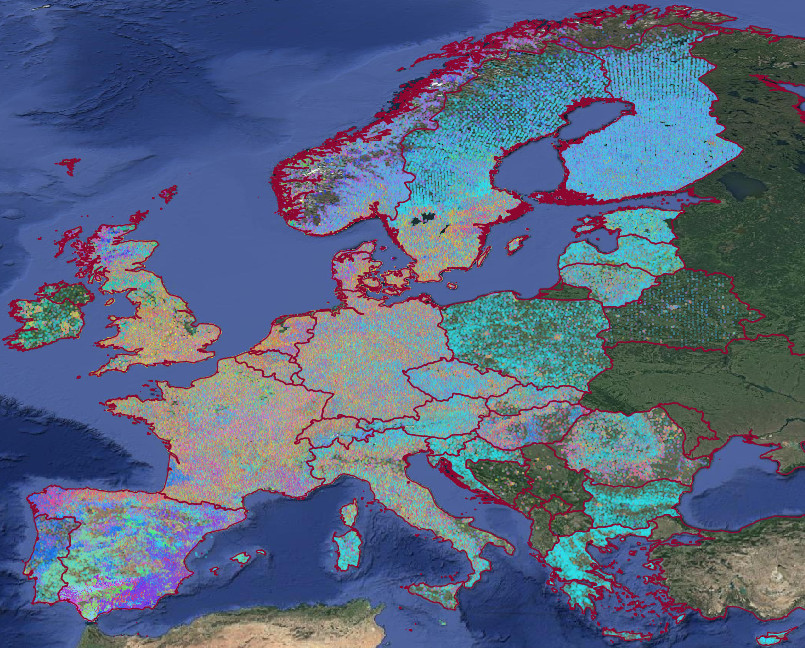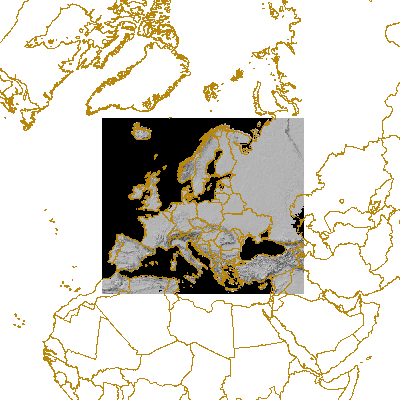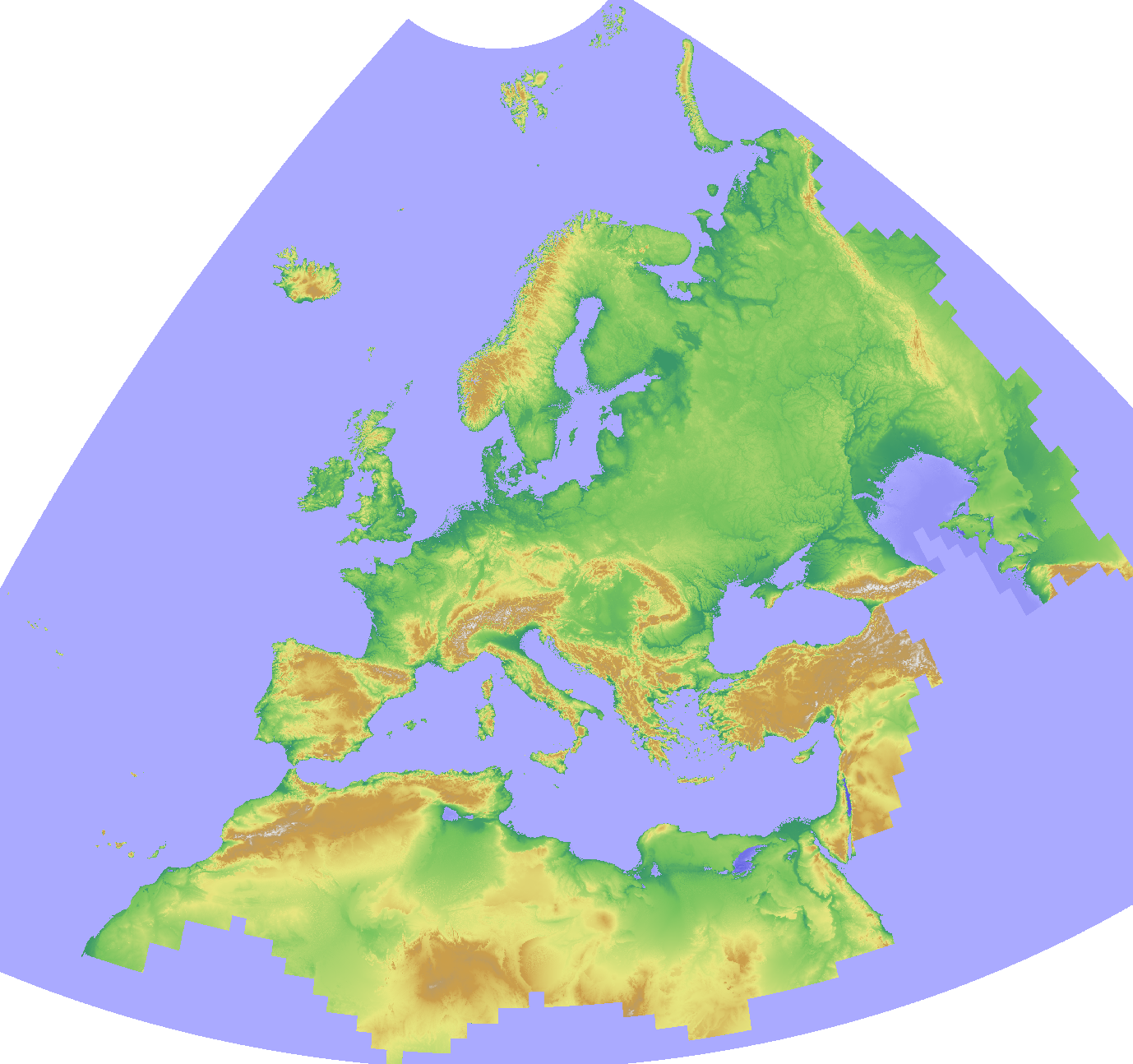Geoscientific information
Type of resources
Available actions
Topics
Keywords
Contact for the resource
Provided by
Years
Formats
Representation types
Update frequencies
status
Scale
Resolution
-

To meet the demand for statistics at a local level, Eurostat maintains a system of Local Administrative Units (LAUs) compatible with NUTS. These LAUs are the building blocks of the NUTS, and comprise the municipalities and communes of the European Union. The LAUs are: - administrative for reasons such as the availability of data and policy implementation capacity; - a subdivision of the NUTS 3 regions covering the whole economic territory of the Member States; - appropriate for the implementation of local level typologies included in TERCET, namely the coastal area and DEGURBA classification. Since there are frequent changes to the LAUs, Eurostat publishes an updated list towards the end of each year. The LAUs are currently available from 2011 onwards. The NUTS regulation makes provision for EU Member States to send the lists of their LAUs to Eurostat. If available, Eurostat receives additionally basic administrative data by means of the annual LAU lists, namely total population and total area for each LAU.
-

Harmonized tree species occurrence points (field observations) for Europe is a harmonized collection of existing data from GBIF, the EU-Forest project and the LUCAS survey. It has about 3 million observations and is supplemented by variables (e.g. location accuracy, land cover type, canopy height, etc.) which enable precise filtering for specific user applications. The data can be obtained from: https://doi.org/10.5281/zenodo.4061816
-

Preview of the hillshading map for EU.
-

Overview: The Essential Climate Variables for assessment of climate variability from 1979 to present dataset contains a selection of climatologies, monthly anomalies and monthly mean fields of Essential Climate Variables (ECVs) suitable for monitoring and assessment of climate variability and change. Selection criteria are based on accuracy and temporal consistency on monthly to decadal time scales. The ECV data products in this set have been estimated from climate reanalyses ERA-Interim and ERA5, and, depending on the source, may have been adjusted to account for biases and other known deficiencies. Data sources and adjustment methods used are described in the Product User Guide, as are various particulars such as the baseline periods used to calculate monthly climatologies and the corresponding anomalies. Surface air relative humidity: The ratio of the partial pressure of water vapour to the equilibrium vapour pressure of water at the same temperature near the surface. Spatial resolution: 0:15:00 (0.25°) Temporal resolution: monthly Temporal extent: 1979 - present Data unit: percent * 10 Data type: UInt8 CRS as EPSG: EPSG:4326 Processing time delay: one month
-

This is a cropped DTM version (with Frame2c) for providing topographic backgrouds on EEA maps. This is a hillshade of global digital elevation model (DEM) with a horizontal grid spacing of 30 arc seconds (approximately 1 kilometer).
-

This global accessibility map enumerates land-based travel time to the nearest densely-populated area for all areas between 85 degrees north and 60 degrees south for a nominal year 2015. Densely-populated areas are defined as contiguous areas with 1,500 or more inhabitants per square kilometer or a majority of built-up land cover types coincident with a population centre of at least 50,000 inhabitants. This map was produced through a collaboration between the University of Oxford Malaria Atlas Project (MAP), Google, the European Union Joint Research Centre (JRC), and the University of Twente, Netherlands. The underlying datasets used to produce the map, include roads (comprising the first ever global-scale use of Open Street Map and Google roads datasets), railways, rivers, lakes, oceans, topographic conditions (slope and elevation), landcover types, and national borders. These datasets were each allocated a speed or speeds of travel in terms of time to cross each pixel of that type. The datasets were then combined to produce a “friction surface”, a map where every pixel is allocated a nominal overall speed of travel based on the types occurring within that pixel. Least-cost-path algorithms (running in Google Earth Engine and, for high-latitude areas, in R) were used in conjunction with this friction surface to calculate the time of travel from all locations to the nearest city (by travel time). Cities were determined using the high-density-cover product created by the Global Human Settlement Project. Each pixel in the resultant accessibility map thus represents the modeled shortest time from that location to a city. Full Citation D.J. Weiss, A. Nelson, H.S. Gibson, W. Temperley, S. Peedell, A. Lieber, M. Hancher, E. Poyart, S. Belchior, N. Fullman, B. Mappin, U. Dalrymple, J. Rozier, T.C.D. Lucas, R.E. Howes, L.S. Tusting, S.Y. Kang, E. Cameron, D. Bisanzio, K.E. Battle, S. Bhatt, and P.W. Gething. A global map of travel time to cities to assess inequalities in accessibility in 2015. (2018). Nature. doi:10.1038/nature25181.
-

This data set contains the administrative boundaries at country level of the world and is based on the geometry from EBM v12.x. of EuroGeographics for the members of Eurogeographics, the Global Administrative Units Layer (2015) from FAO (UN) and geometry from the Turkish National Statistical Office. This dataset consists of 2 feature classes (regions, boundaries) per scale level and there are 6 different scale levels (100K, 1M, 3M, 10M, 20M and 60M). The public data set (1M - 60M) is available under the Download link indicated below. The full data set (100K - 60M) GISCO.CNTR_2016 is available via the EC restricted download link.
-

This data set contains the administrative boundaries at country level of the world and is based on the geometry from EBM v2020 (ReferenceDate 31.12.2018) of EuroGeographics for the members of Eurogeographics, and GISCO Countries 2020. This dataset consists of 2 feature classes (regions, boundaries) per scale level and there are 6 different scale levels (100K, 1M,3M, 10M, 20M and 60M). The public data set (1M - 60M) is available under the Download link indicated below. The full data set (100K - 60M) GISCO.CNTR_2020 is available via the EC restricted download link.
-

The Copernicus DEM is a Digital Surface Model (DSM) which represents the surface of the Earth including buildings, infrastructure and vegetation. The original GLO-30 provides worldwide coverage at 30 meters (refers to 10 arc seconds). Note that ocean areas do not have tiles, there one can assume height values equal to zero. Data is provided as Cloud Optimized GeoTIFFs. Note that the vertical unit for measurement of elevation height is meters. The Copernicus DEM for Europe at 30 meter resolution (EU-LAEA projection) in COG format has been derived from the Copernicus DEM GLO-30, mirrored on Open Data on AWS, dataset managed by Sinergise (https://registry.opendata.aws/copernicus-dem/). Processing steps: The original Copernicus GLO-30 DEM contains a relevant percentage of tiles with non-square pixels. We created a mosaic map in https://gdal.org/drivers/raster/vrt.html format and defined within the VRT file the rule to apply cubic resampling while reading the data, i.e. importing them into GRASS GIS for further processing. We chose cubic instead of bilinear resampling since the height-width ratio of non-square pixels is up to 1:5. Hence, artefacts between adjacent tiles in rugged terrain could be minimized: gdalbuildvrt -input_file_list list_geotiffs_MOOD.csv -r cubic -tr 0.000277777777777778 0.000277777777777778 Copernicus_DSM_30m_MOOD.vrt In order to reproject the data to EU-LAEA projection, bilinear resampling was performed in GRASS GIS (using r.proj) and the pixel values were scaled with 1000 (storing the pixels as Integer values) for data volume reduction. In addition, a hillshade raster map was derived from the resampled elevation map (using r.relief, GRASS GIS). Eventually, we exported the elevation and hillshade raster maps in Cloud Optimized GeoTIFF (COG) format, along with SLD and QML style files. Note that GLO-30 Public provides limited coverage at 30 meters because a small subset of tiles covering specific countries are not yet released to the public by the Copernicus Programme. Note that ocean areas do not have tiles, there one can assume height values equal to zero. Data is provided as Cloud Optimized GeoTIFFs.
-

The Copernicus DEM is a Digital Surface Model (DSM) which represents the surface of the Earth including buildings, infrastructure and vegetation. We provide two instances of Copernicus DEM named GLO-30 Public and GLO-90. GLO-90 provides worldwide coverage at 90 meters. GLO-30 Public provides limited worldwide coverage at 30 meters because a small subset of tiles covering specific countries are not yet released to the public by the Copernicus Programme. Note that in both cases ocean areas do not have tiles, there one can assume height values equal to zero. Data is provided as Cloud Optimized GeoTIFFs. Two releases (i.e. 2019 and 2020) are currently available for all Copernicus DEM instances with the exception of COP-DEM_GLO-30-DTED_PUBLIC and COP-DEM_GLO-30-DGED_PUBLIC, only available as 2019 release. A full collection of tiles per each release can be found via FTP and PANDA Catalogue under dataset names marked with “2019_1” and “2020_1”. The 2020 release has undergone the following improvements with respect to the 2019 release: - infilling with high resolution DEM over Norway; - addition of 5 geocells containing missing small islands; - editing of source raw data; - correction of minor data/auxiliary files inconsistencies; - correction of implausible values. The products impacted by improvements can be identified via a dedicated list: https://spacedata.copernicus.eu/documents/20126/0/COP-DEM_delivery_sheet_v0.7_PUBLIC+%282%29.xlsx/771ce82f-0084-849d-8a34-702c421eacf2?t=1611651454540
 Open Data Science Europe Metadata Catalog
Open Data Science Europe Metadata Catalog